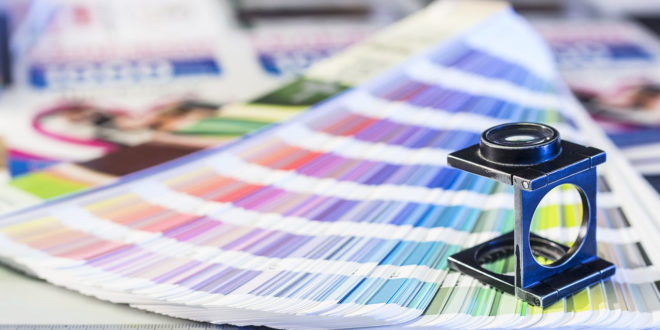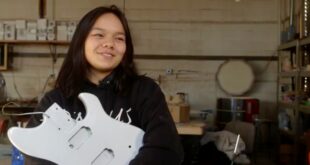Work and turn.
Sheetwise.
Work and roll.
Work and flop (head to toe).
Perfecting.
These are some of the terms in print lingo that describe how your job will run on either an offset or digital press. Some of these descriptions are interchangeable, depending on how the printer was taught. The manner in which your job will be run is important to the designer as it may affect decisions regarding the choice of stock or folding and/or perforation requirements. Furthermore, even a simple aspect such as the grain of the stock (short or long) will become an important decision when it comes to folding your masterpiece. If the grain selection does not match your design objectives, cracking on the score line may occur and ruin an otherwise attractive piece. Lastly, these choices must be compatible with the type and age of the equipment that the printer has on the floor.
To optimize economies of scale, the size of the finished piece and the quantity of the print run will determine which press the shop will utilize for your job, assuming there are multiple options. Digital printing is used most often for shorter runs and variable data work. It is important to know what type of press will be utilized in order to match your graphic design to the capabilities of the print equipment. Offset inks and papers act differently than digital inks and papers.
Considering Paper
The choice of paper stock is another important consideration for the designer, especially if the piece will be mailed. Weight and size can have an enormous impact on mailing costs and can impact the distribution of your print piece by hundreds of dollars. Beyond paper, will the piece be folded? What kind of fold will be used? Will you use a full bleed? Are there tight framing borders? Will the press be precise enough to pull off “B” side borders? There are machine tolerances on both digital and offset presses that may or may not meet your design requirements.
Planning is Critical
All this requires preplanning and communication by the designer in coordination with the print shop. Remember that the less the printer has to adjust your files, the more cost-effective the job, and the faster it gets to press. Saving money and time creates happy customers, especially those under critical time constraints and deadlines.
It is the customer’s responsibility to thoroughly review the piece and provide a sign-off prior to submitting it to the print shop. Once your art is approved, go over it one more time and make sure your borders and type are consistent. And recheck one more time for typos. It is the graphic designer’s job to be as accurate as possible and make all corrections as requested. But the final responsibility for approval to send to the press must be with the customer.
A successful print piece is a collaboration. It is a partnership between the graphic designer, the client, and the print shop. Each partner has a responsibility to communicate missteps in the project. Each partner brings a different skill set and can be indispensable in creating solutions to problems that can cripple a creative piece. There is nothing more rewarding and satisfying than seeing your work out in the world and having it make a difference for your client. It’s what keeps your customers coming back. All it takes is incorporating your knowledge of the process and building a good team between your client and the print shop.
Written by Victor Hill with Peter Sildve.
© 2017 - 2024 ASA. All rights reserved. Click here for content usage information.



